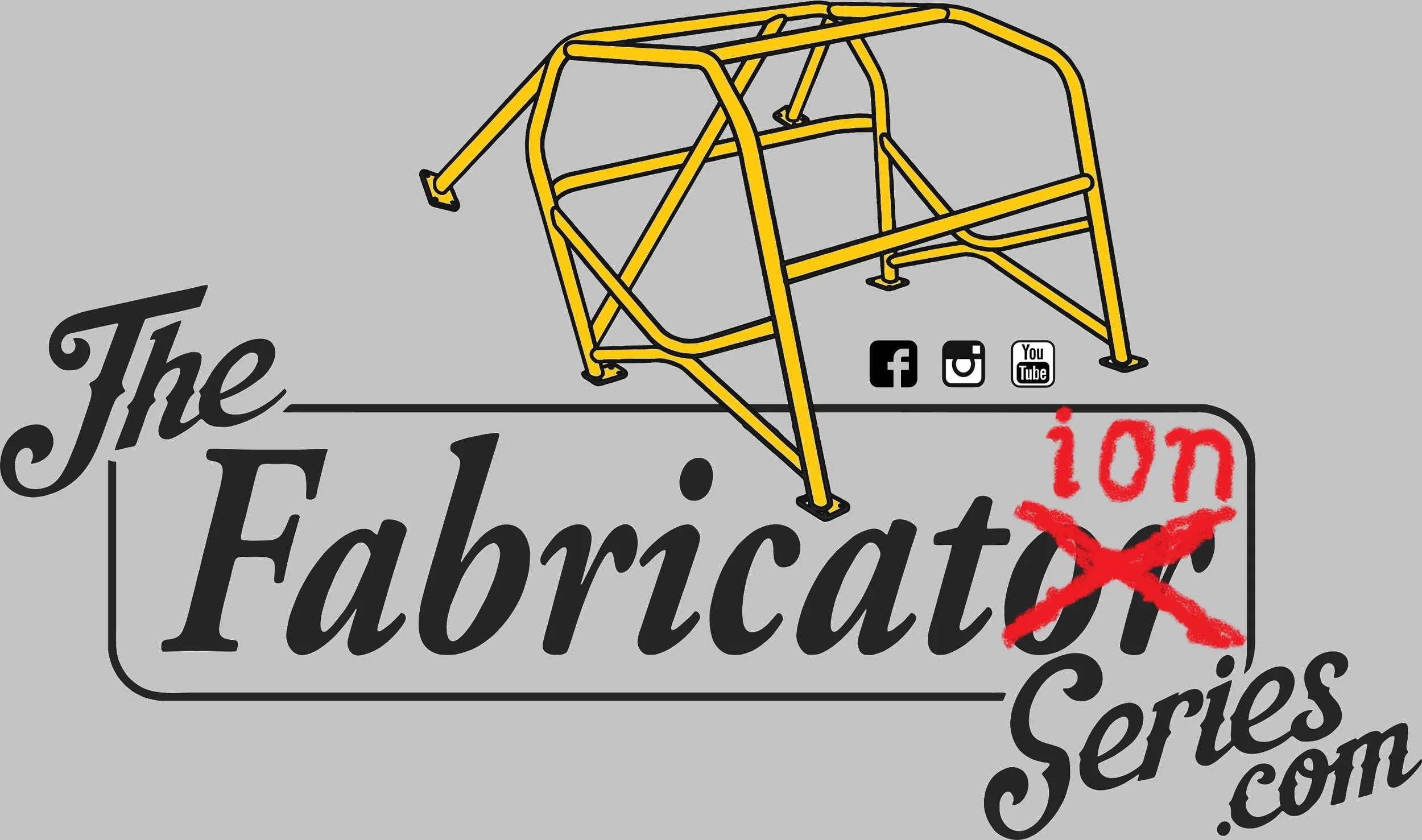When your classic Buick is slammed to floor with a set of bags, you tend to run into issues with the gas tank scraping. Filling the trunk with air ride equipment takes a lot of space as well - so what do you do? How about fabricating a fuel cell to fit in the spare tire well to keep it tucked away and hidden?
That should work out nicely.
While the request was nothing out of the norm, and the concept of fuel cells is not foreign to me at all, I did run in to a little snag: I've never made one so big before. Twenty-one gallons of fuel in a round tank presents a bit of a challenge in regards to slosh control. The other problem is welding such a large piece and not expecting it to warp all over creation since the diameter is so large.
These were problems I definitely had to solve in my design, but lets start with the basics. It really couldn't be easier. Cut two 30 inch round pieces of 6061 aluminum, and one very long rectangle "strap" at 7 inches tall for the sides.





You might wonder how to get two nearly perfect round discs cut without a CNC or special tools. Its actually pretty simple.
First you need a drawing compass, or something that serves the same purpose to make a round marking. I simply made one with a small scrap of aluminum angle.
A small hole at the center of each disc marks the starting point.
After that, its a simple rough cut with the band saw, followed by a slow and precise cut.
Aluminum can be pretty finicky to work with if it isn't clean. One of the last things I want is to have a leak or a weak spot on the tank that could cause a failure. After cutting with the bandsaw, there is still a bunch of little bits of slag and potential contamination that need to be cleaned.
In order to get these near perfect, a brand new flap disc was fitted to the grinder.
While the flap disc does a fantastic job of cleaning up, it also leaves potential contamination behind. This was taken care of with a file. The file takes down the edges and helps further define a more perfect circle.
It does take a bit of time to chase down, but think of it as spending a little bit of time now, vs. trying to fight the welds later because the welds were dirty. Its actually less time consuming to take care of and properly prep the metal.
A round fuel cell with such a large diameter (30 inches) makes cutting the edge band a little difficult. I don't own a large shear, nor do I have $25,000 for one capable of cutting the aluminum. I did come up with a solution to cut the aluminum at the required 94 inch length.
First it was fed into the band saw for a rough cut leaving one side of the sheet metal clean edged. This saves me from having to make two cuts.
Achieving the perfect straight edge on the cut side was pretty simple. I placed a straight edge on the cut line and carefully ran my reciprocating saw along the edge.
With the band filed and prepped, it was only a matter of fitting everything up for welding. This takes a lot of patience to get the correct length for the circumference set and the first disc tacked in.
After a long process of adjusting and checking, the correct length was cut and the disc was tacked in.
To resist warping, the welds were very carefully laid out and allowed to cool. The process does take a long time to do, but it is important to not have a wavy looking fuel cell at the same time.



With the top disc completely welded in, the process of adding baffling, a level sender, a sump, and a filler can begin.
A quick measurement and marking shows where the fuel level sender will be placed.
The center hole was cut with nothing more than a hole saw.
The thickness of the aluminum allows the small screws to be tapped directly into the fuel cell without additional backing. To be safe with fastening, the threads were cut "tight" into the fuel cell.
Adjusting the level sender is easiest with the bottom disc not attached. This allows me to see the complete range of motion from E to F and set it correctly without having to remove and install it a dozen times.
This particular Buick has a large size trunk plug in the spare tire well. This was the perfect position for the sump to be placed and accessed.
After a fit check and a few more measurements, the sump was added along with the filler and tank vent.
As I mentioned at the beginning of the article, slosh control was a concern. Instead of fighting with a complex design capable of directing the fuel to the sump, and keeping the slosh under control, I simply welded one baffle in the shape of an "L" around the sump. The fuel cell was also intended to be fit with fuel cell foam which will help control the amount of slosh.
Mounting was a little tricky as well. However, the simplest solutions are often the best ones to use. Two studs were welded to the bottom and threaded. A lock nut fastens the two studs to the bottom of the spare tire well to keep the fuel cell in place.
So there you have it: one spare tire well mounted fuel cell in the easiest way possible.
Questions or comments? Post up below or Email The Fabricator
Likes, comments and shares appreciated by all!

























Purge Blocks actually serve more than one purpose. Do you know what they do?